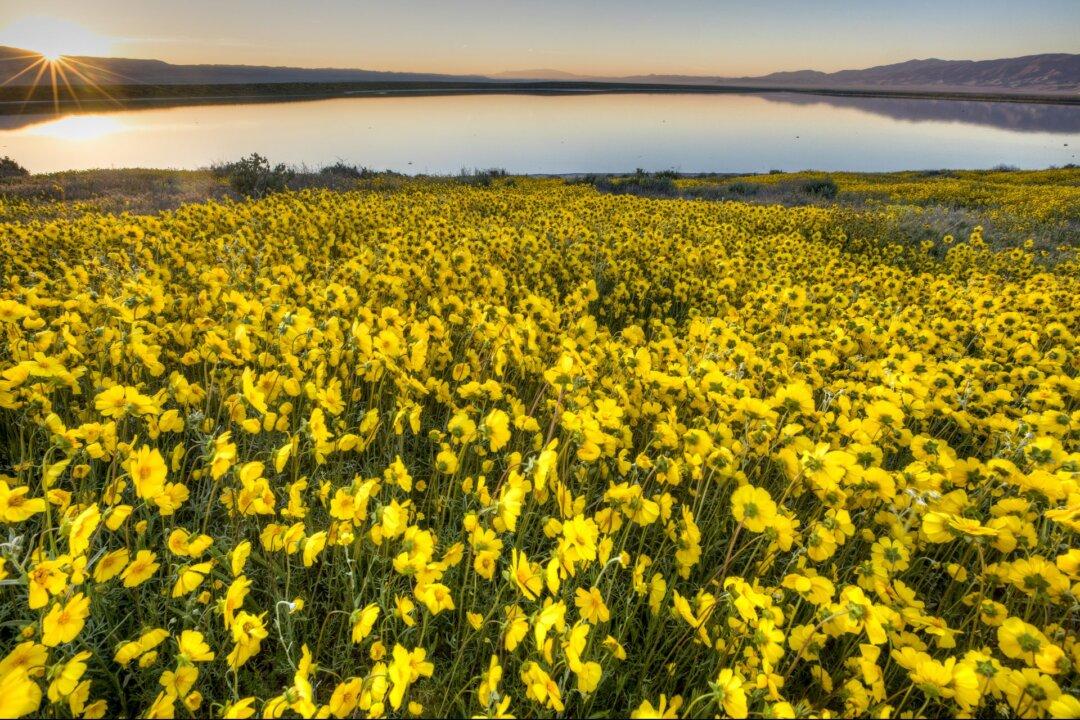Thousands of visitors are making their way to the hills of Lake Elsinore to catch a glimpse of the rare California super bloom, as the Southern region sees its second bloom of wildflowers in two years.
The past few weeks have seen Californian hills blanketed in a stunning display of eye-popping orange California poppies after an unusually rainy winter, Los Angeles Times reported.





